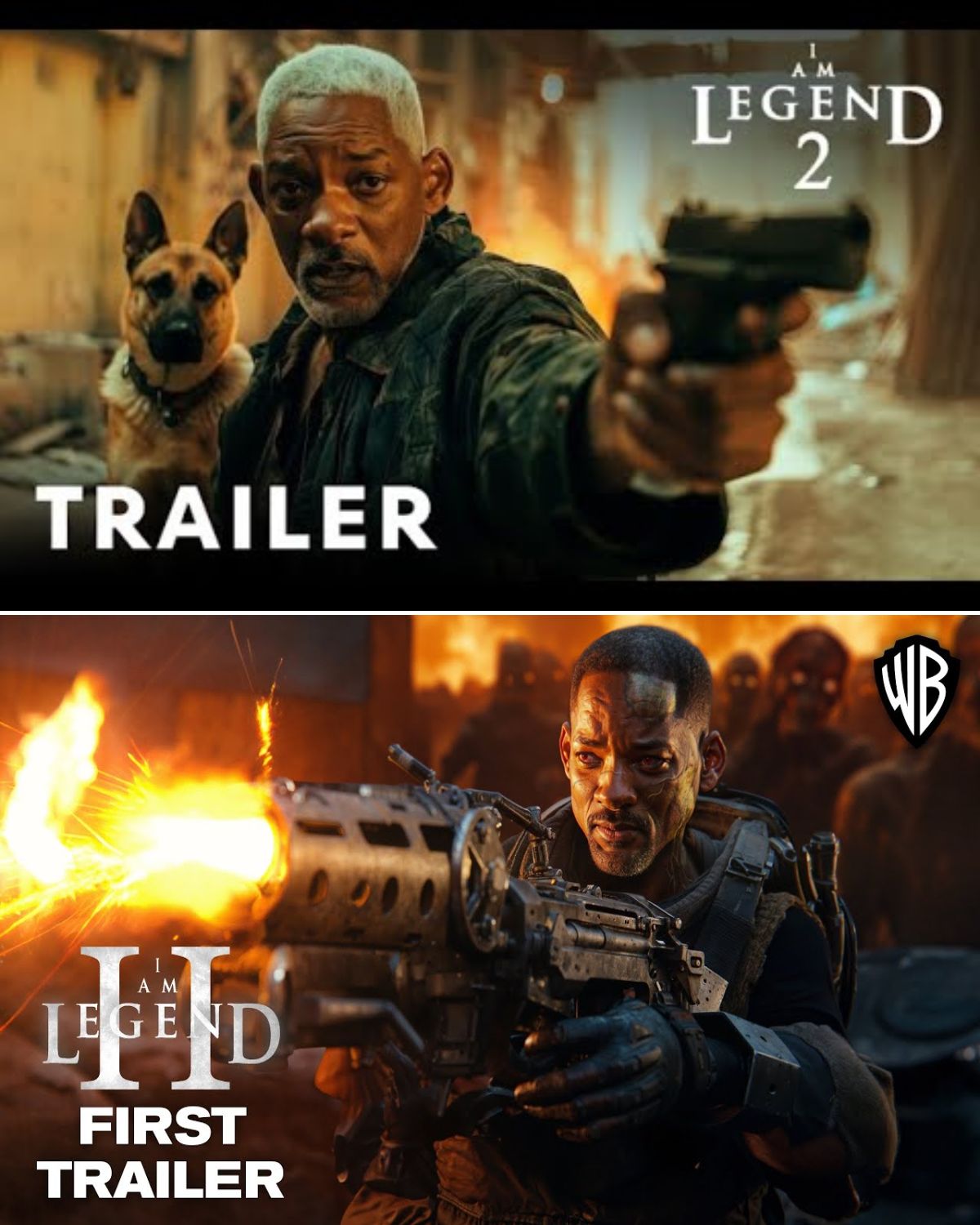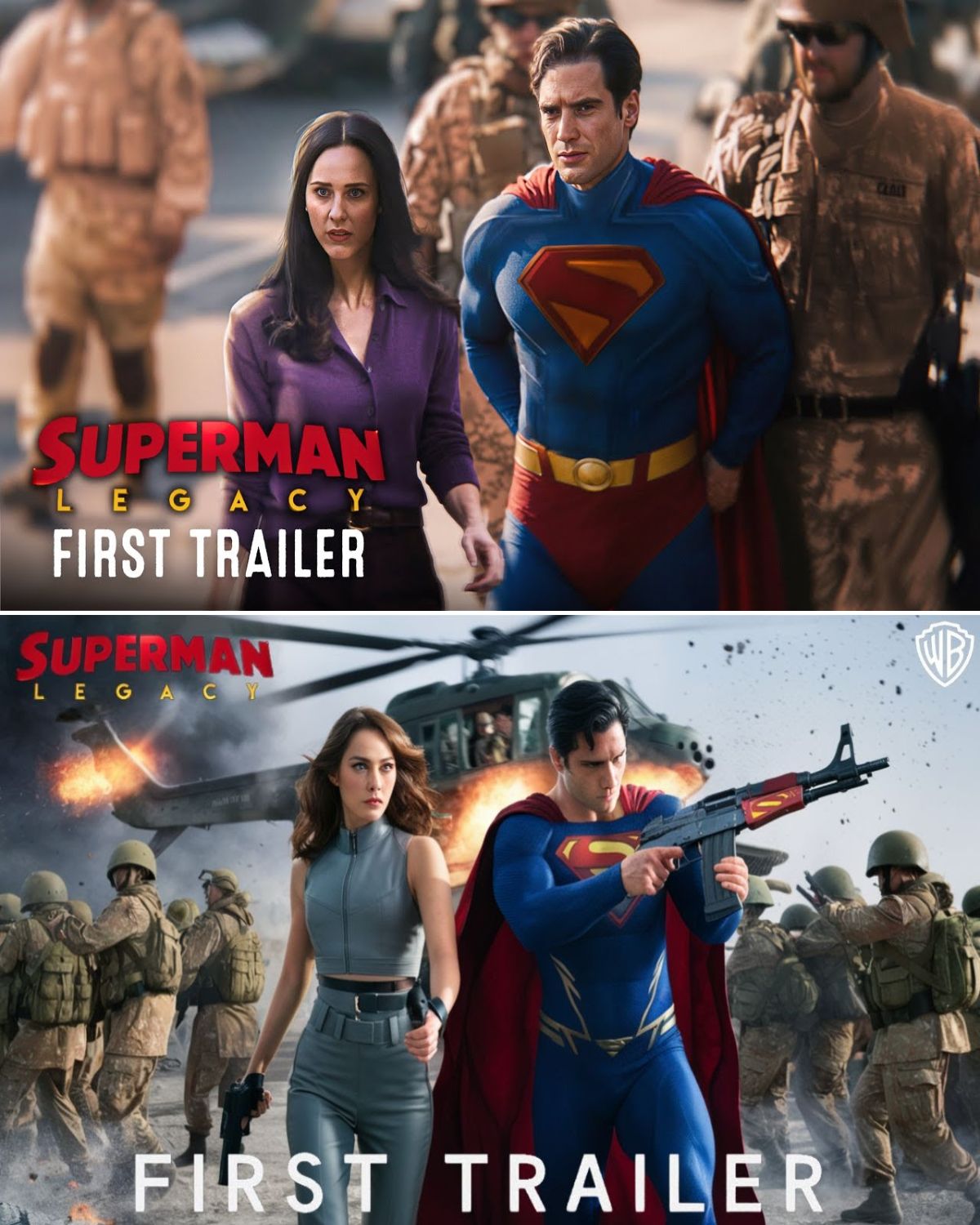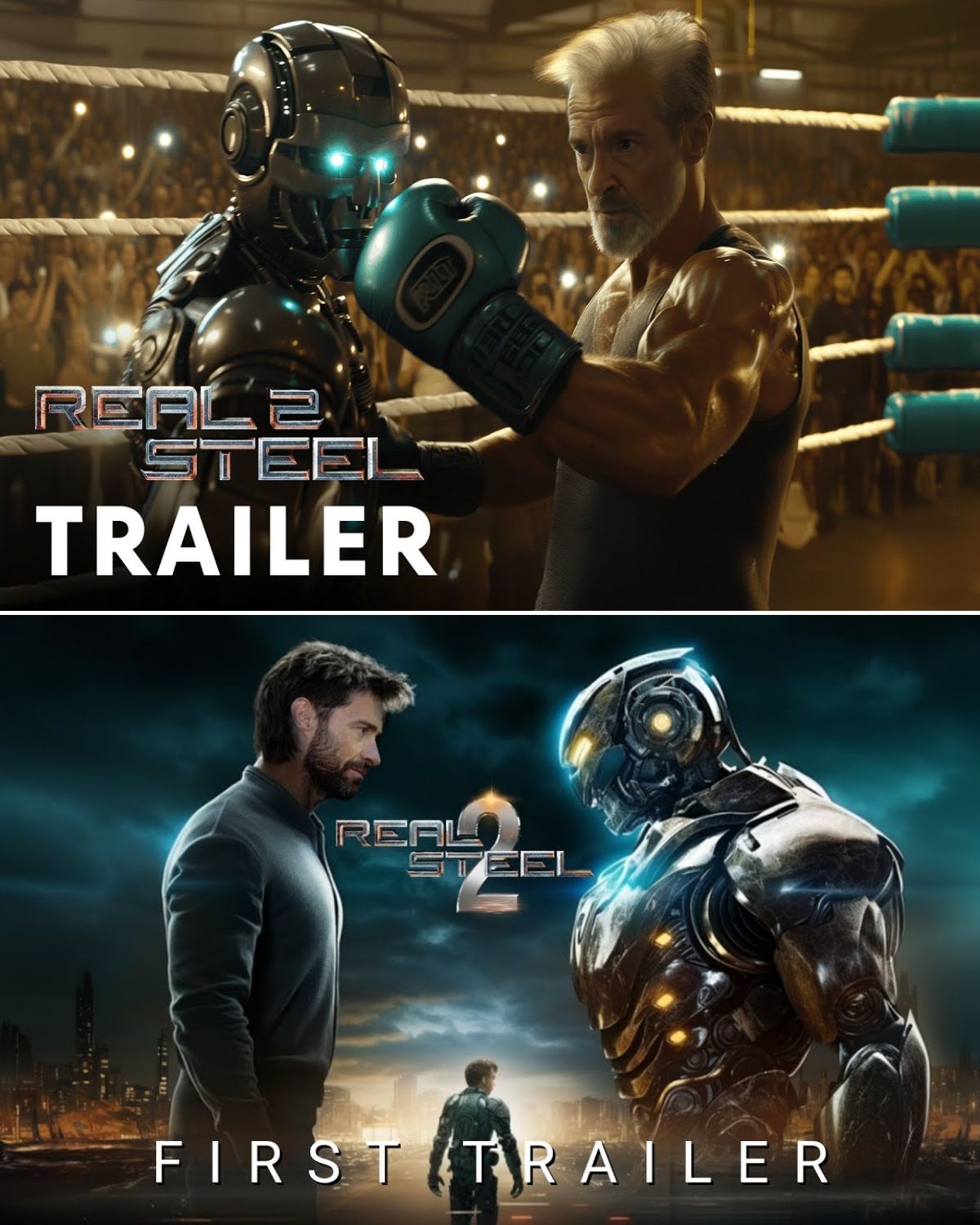Go behind the scenes of Spider-Man: No Way Home‘s Oscar-nominated visual effects
EW’s countdown to the 2022 Oscars has everything you’re looking for, from our expert predictions and in-depth Awardist interviews with this year’s nominees to nostalgia and our takes on the movies and actors we wish had gotten more Oscars love. You can check it all out at The Awardist.
Spider-Man: No Way Home didn’t just conquer the box office: After raking in a pandemic-best record of $1.87 billion worldwide, Marvel’s multiversal extravaganza also webbed up an Oscar nomination for Best Visual Effects. Before the Academy Awards ceremony on March 27, EW caught up with No Way Home production visual-effects supervisor Kelly Port to break down some of the film’s most magical moments.

:quality(75)/cloudfront-us-east-1.images.arcpublishing.com/bloomberglinea/3LQTZHEJ7Z75G5KTZ4DAW7UJZ4.jpg)
No Way Home may boast wizards and goblins, but returning director Jon Watts wanted even the most supernatural effects to feel as realistic as possible. “Even though it’s a big visual spectacle, the approach to camerawork was very grounded,” explains Port, who was nominated alongside Chris Waegner, Scott Edelstein, and Dan Sudick. “Jon wanted it all to feel physically possible.”
:max_bytes(150000):strip_icc():format(webp)/spider-man-no-way-home-24-b8cbe1dfdc4e4e53a9a1e83ccef8260d.jpg) Benedict Cumberbatch and Tom Holland in ‘Spider-Man: No Way Home’. COURTESY OF SONY PICTURESSTRANGE ENCOUNTER
Benedict Cumberbatch and Tom Holland in ‘Spider-Man: No Way Home’. COURTESY OF SONY PICTURESSTRANGE ENCOUNTER
One complicated sequence was this early clash between Doctor Strange (Benedict Cumberbatch) and Spidey/Peter (Tom Holland), which blends spells and stunts on an NYC street. “I loved this idea of hybrid worlds, mixing multiple dimensions and rips in our reality,” Port says.
For Port and his team, the biggest challenge was combining Strange’s trippy sorcery with Spidey’s more tactile, almost gymnastic-like style. “We had a lot of fun with portals,” Port adds with a laugh. “Like, what do you see from this side of the portal? Or that side? What if you had three connected?”

The VFX team obsessively rewatched Sam Raimi and Marc Webb’s earlier Spider-Man films for inspiration and accuracy, especially when dealing with familiar faces. Not only did their tasks include de-aging returning actors like Willem Dafoe and Alfred Molina, but they also helped reimagine other characters like Jamie Foxx’s Electro, whose crackling electric powers manifest differently in No Way Home than they did in 2014’s The Amazing Spider-Man 2.

Port also notes that several animators who worked on past Spider-Man movies returned for No Way Home, which proved an essential resource. Some of the artists who animated Molina’s Doc Ock arms in 2004’s Spider-Man 2, for example, also returned for this film. “We could pick their brains for stylistic qualities and all those little nuances that were important for his animation,” Port explains. “That was a handy thing.” The team even continued a few Spidey traditions. On the set of Spider-Man 2, Molina famously gave each of his practical puppet arms their own nickname — Larry, Harry, Flo, and Moe — and the No Way Home VFX team used those same names to refer to Doc Ock’s new, all-digital tentacles.




